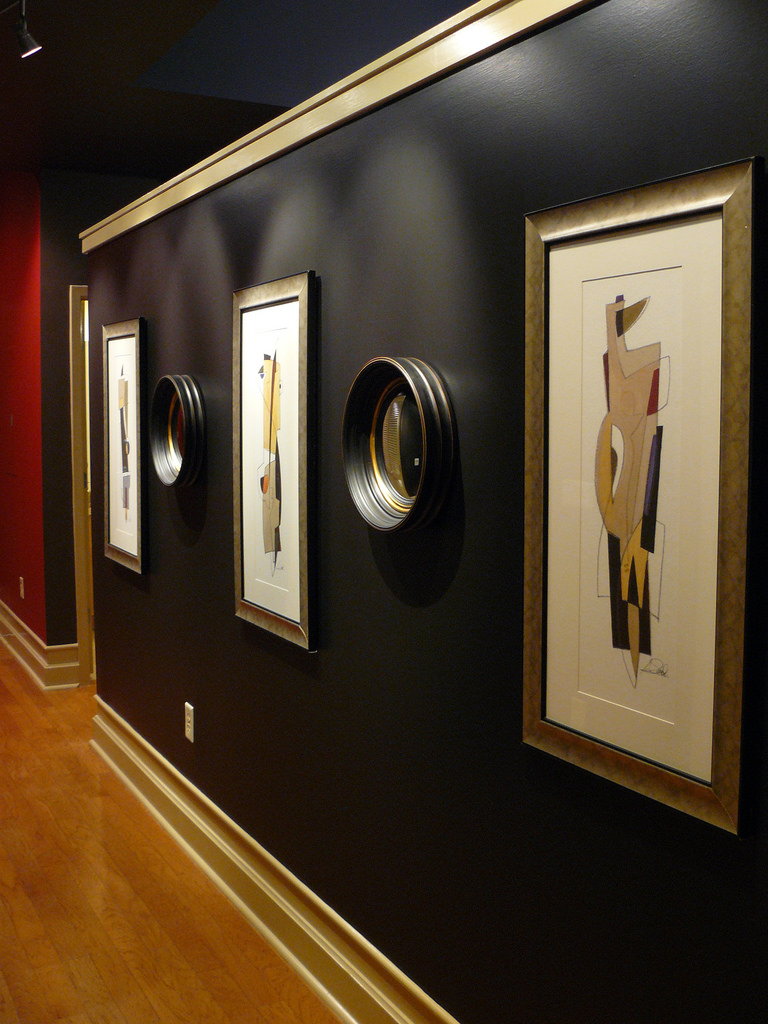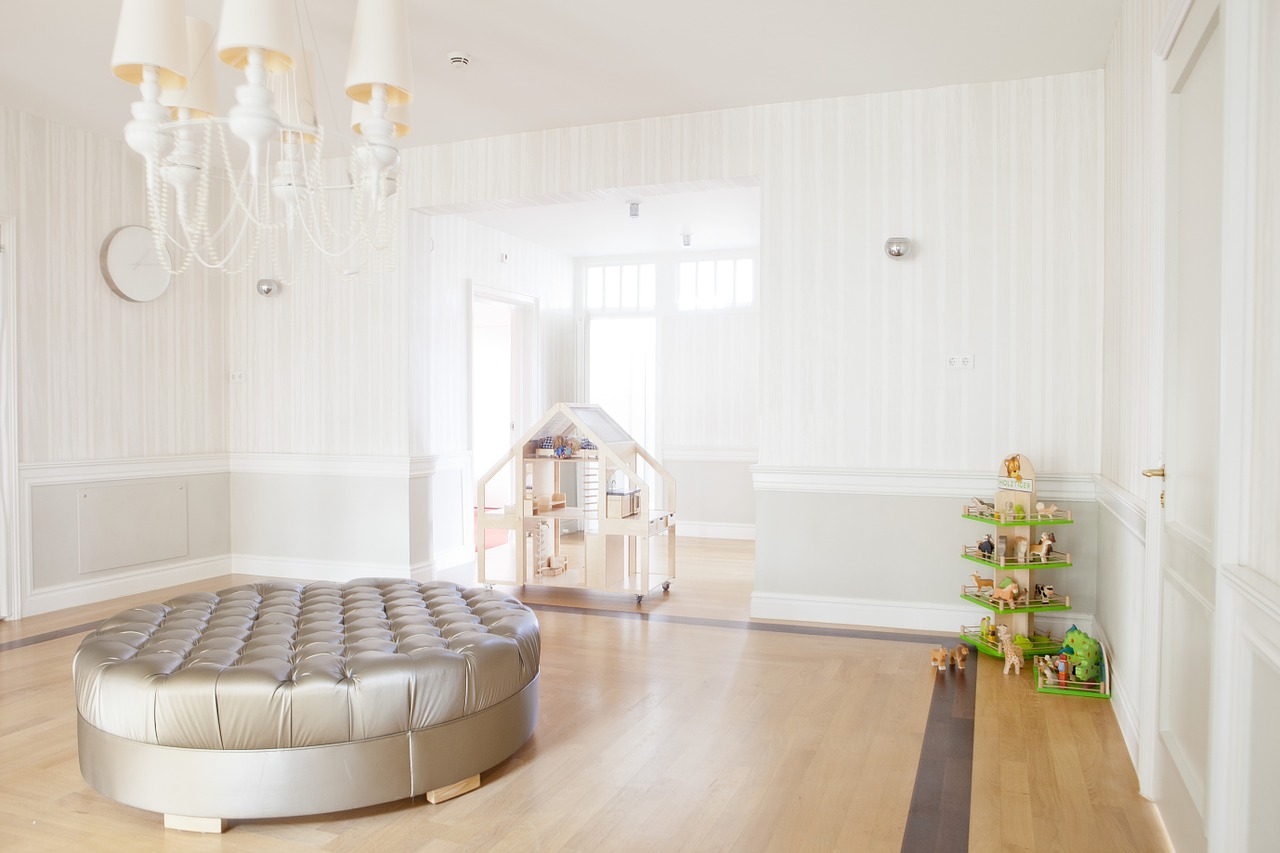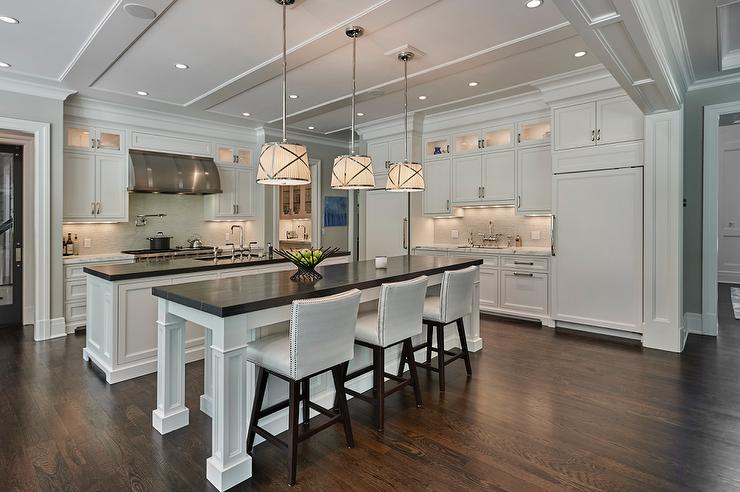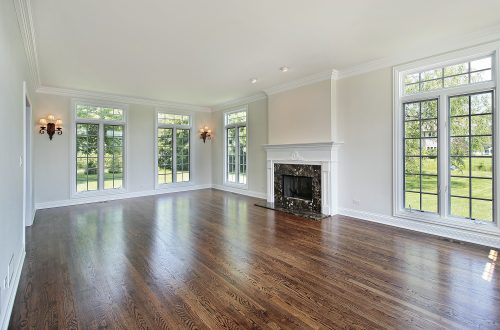Finish Moldings- A necessary detail that defines a homes style
The type of trim you choose for your home can help define the overall style of the space.
There are quite a few different profiles to choose from, and each one adds its own distinct look. From simple and square to intricate, colonial profiles and a whole lot in between- theres a style for everyones taste.
Base Moulding (also known as baseboards, skirt board or floor molding) is an architectural finishing detail which is installed at the base of interior walls to finish and cover the void from the floor to the wall. Although we like to choose a style that best fits our homes decor, base molding isn’t only for decorative purposes, it also acts as a protective covering, preventing unwanted damage to your interior walls. Base molding is installed over your finished flooring material, and generally covers the expansion space that is left from the flooring to the wall.
Being flooring specialists, either base molding or shoe molding is part of every one of our finished projects.
Base molding can be installed with OR without shoe molding, depending on the look you are trying to achieve.
When deciding to renovate your homes flooring, the base molding is something that always has to be considered. In many cases, our experienced flooring pros are able to keep your existing base molding when removing your old flooring, and add shoe molding to cover the expansion space of the new flooring where it meets the walls.
Or, if you’re looking to change your homes style altogether, you can choose to have the existing base molding removed and replaced with new molding of your choice, after the new flooring is installed.
The most popular composition of base moldings are Poplar, MDF, Pine, and Oak. They come either clear, meaning they’re natural, or white-primed, and ready for paint. When clear, you have the option of painting them or staining them a custom color.
Plastic base moldings are comprised of PVC materials and aren’t used very often in residential homes. Then there’s vinyl cove base, which is great for tricky areas like curved walls, or round columns, where rigid base molding would be almost impossible to install. There’s not much detail or many options in the profile of vinyl cove base, but it does come in a large variety of colors.
Base molding can basically be used over any flooring material including carpets, hard surfaces, hardwoods, luxury vinyls and laminates.
Shoe molding is an added finish that we install quite often. It’s truly rare to find a home with perfectly flat floors that don’t require special attention to covering the spacing where they meet the walls. This is especially true here in the Northeast, where a lot of homes are older and have already settled, naturally causing the subfloors to be a bit “wavy.”
There are a few options for shoe molding sizes and profiles, but they all, ultimately, serve the same purpose. Shoe molding gets installed when you decide to keep your existing base molding to cover your new floors expansion space. Many times we recommend installing shoe molding, even when installing new base molding, because it’s a more playable and flexible piece of molding that more easily conforms to a floors “waviness,” helping create a seamless transition from the flooring to the walls.
Aesthetically, our experts will help you choose the one that best suits the style you’re trying to achieve for your home.
Adding new base molding or shoe molding is just a part of the finishing touches that completely transform a space. It’s our attention to detail and understanding of how finishes can drastically define the style of a home, that make our professionals so unique.




47 Comments
Pingback:
Pingback:
Pingback:
Pingback:
Pingback:
Pingback:
Pingback:
Pingback:
Pingback:
Pingback:
Pingback:
Pingback:
Pingback:
Pingback:
Pingback:
Pingback:
Pingback:
Pingback:
Pingback:
Pingback:
Pingback:
Pingback:
Pingback:
Pingback:
Pingback:
Pingback:
Pingback:
Pingback:
Pingback:
Pingback:
Pingback:
Pingback:
Pingback:
Pingback:
Pingback:
Pingback:
Pingback:
Pingback:
Pingback:
Pingback:
Pingback:
Pingback:
Pingback:
Pingback:
Pingback:
Pingback:
Pingback: